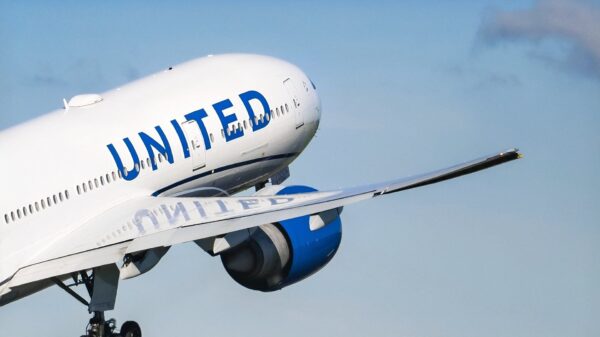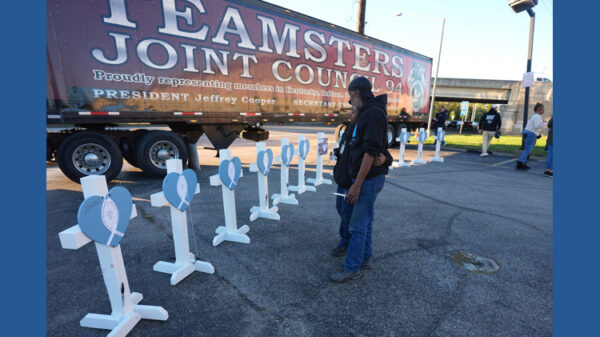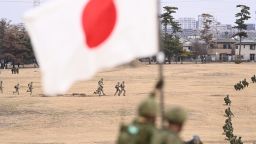A Japanese warship is en route to the United States to be equipped with Tomahawk cruise missiles, marking a significant step in enhancing military capabilities amid increasing regional tensions. The JS Chokai, an Aegis-equipped guided-missile destroyer, will undergo modifications and crew training over the next year to enable it to launch Tomahawks, which have a striking range of approximately 1,000 miles. This deployment aims to bolster defense capabilities as adversaries such as China and North Korea expand their military arsenals.
In early 2024, Japan secured a deal with the United States to acquire 400 Tomahawk missiles as part of an increased defense budget aimed at addressing what Gen Nakatani, Japan’s Defense Minister, has described as the “most severe and complex security environment” since World War II. The Japanese Defense Ministry’s annual white paper released in July emphasized that China’s military activities represent “the greatest strategic challenge” to Japan, with Beijing rapidly enhancing its military capabilities and intensifying operations in the region, particularly around the contested Senkaku Islands.
China showcased its military prowess during a military parade on September 3, which featured advanced anti-ship missiles. Notably, Chinese leader Xi Jinping was accompanied by Kim Jong Un of North Korea and Vladimir Putin of Russia, both of whom have recently engaged in military collaborations, heightening concerns in Tokyo.
The Japanese Defense Ministry stated that the Self-Defense Forces are “strengthening their stand-off defense capabilities” to respond quickly and effectively to any threats. While Japan asserts that the Tomahawk missiles are intended for defensive purposes, they are widely regarded as offensive weapons. A fact sheet from the US Navy describes the Tomahawk as designed for “deep land-attack warfare,” with its full designation being the Tomahawk Land Attack Missile (TLAM).
In response to Japan’s acquisition of the Tomahawks, China criticized the move, accusing Tokyo of violating its post-World War II pacifist constitution, which limits the military’s role to defensive actions. Chinese Foreign Ministry spokesperson Mao Ning expressed that the actions by the US and Japan escalate the arms race and threaten regional peace and stability.
The Tomahawk missiles have proven their effectiveness, with over 2,000 combat uses documented, including recent operations targeting Iranian nuclear facilities. The Japanese Defense Ministry aims to have the JS Chokai operational for “actual missions” by next summer, incorporating live-fire testing into its training regimen. Initial tests occurred last week, when the Chokai practiced loading dummy Tomahawk munitions into its vertical launch cells.
The 528-foot-long Chokai, which displaces 9,500 tons, is equipped with 90 vertical launch cells, capable of deploying various types of missiles, including surface-to-air and anti-submarine rockets. This vessel’s armament and size are comparable to the US Navy’s Arleigh Burke-class destroyers.
The capability to launch Tomahawks is not unique to Japan. The Royal Navy of Britain and the Royal Australian Navy have also demonstrated the ability to fire these missiles. Australia recently joined this group, successfully launching a Tomahawk from the destroyer HMAS Brisbane off the US West Coast in December. The Australian Defense Ministry has announced plans to acquire 200 Tomahawks to enhance its naval forces’ long-range strike capabilities.
As military dynamics continue to evolve in the Asia-Pacific region, Japan’s decision to enhance its defense capabilities showcases a proactive approach in addressing perceived threats and maintaining regional security.





































































